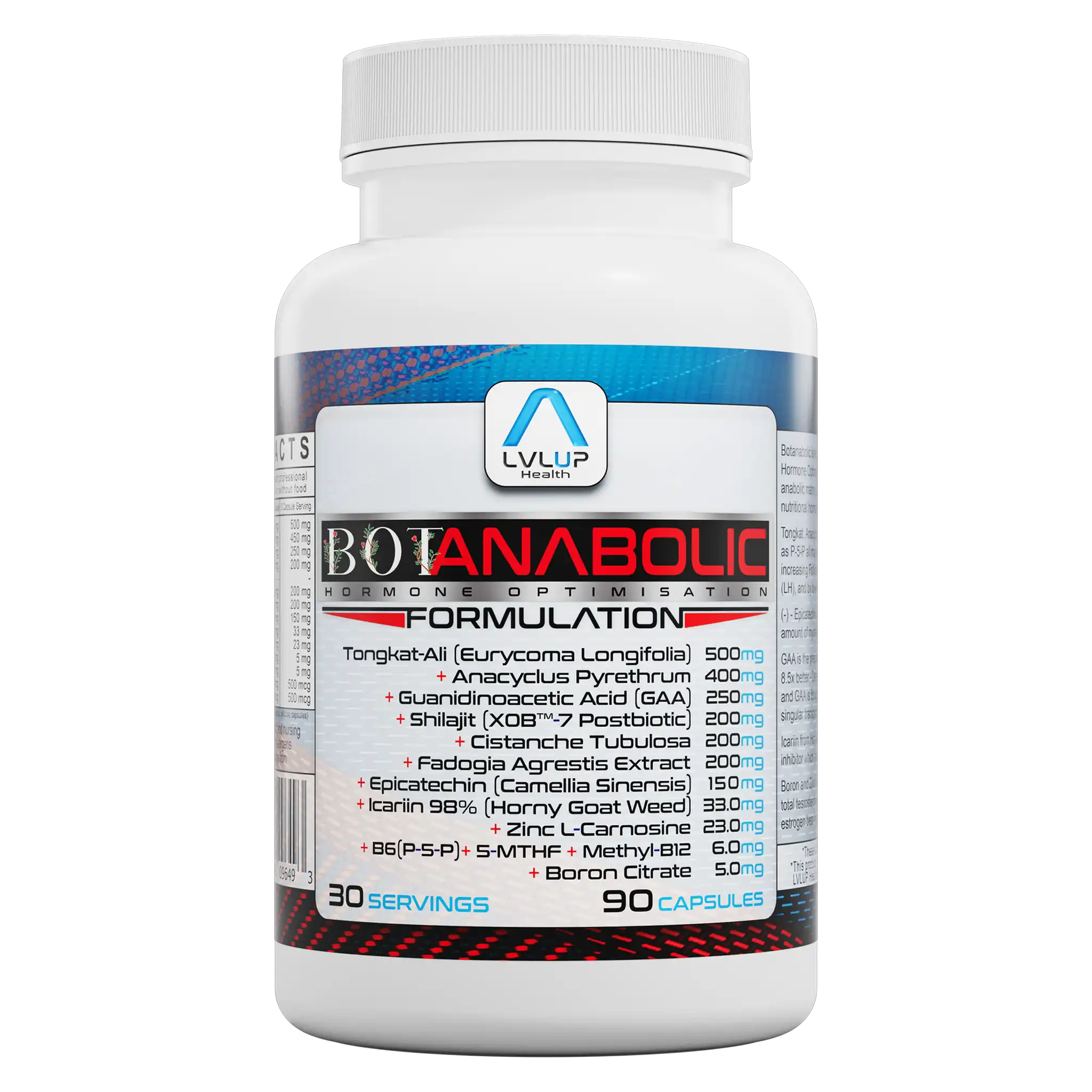P-21
About P-21
Stable Structure and Delivery
n
P-21, also called Peptide 021, is a pentapeptide with a structure designed for stability and effective delivery to the brain. Its adamantyl group improves oral absorption and helps it cross the blood-brain barrier – features that set it apart from many other peptides.
n
nn
Boosting Brain Health
n
This molecule ramps up brain-derived neurotrophic factor (BDNF), a key player in neurogenesis (the creation of new neurons) and synaptic plasticity (how well your neurons connect and adapt). In short, P-21 helps keep your neural connections flexible and growing.
n
nn
Applications in Disease Models
n
P-21’s applications get more interesting when you look at disease models. It downregulates LIF signaling and inhibits GSK-3β, steps known to prevent the build-up of harmful proteins linked with Alzheimer’s disease. Researchers have seen decreases in beta-amyloid plaques and tau tangles in animal studies using this peptide. These changes suggest a slower progression of age-related cognitive decline.
n
nn
Beyond the Brain
n
The peptide also shows utility outside the brain. For example, animal studies have indicated that P-21 can help prevent retinal degeneration—a feature relevant to conditions like dry age-related macular degeneration.
n
nn
Stability and Safety
n
One standout feature: P-21 stays stable in artificial gastric and intestinal juices, so taking it orally actually works. Unlike native ciliary neurotrophic factor (CNTF), P-21 doesn’t set off immune reactions that create problematic antibodies, a significant benefit for long-term use.
n
Found In
Formulated With
Detailed Information
Peptide Structure and Bioavailability
n
P-21 is an adamantylated pentapeptide (sequence: Ala-Gly-Gly-Ala-Ala-Ad) engineered for both neurogenic and neuroprotective effects in mammalian systems. Adamantylation increases oral bioavailability and facilitates blood-brain barrier translocation by enhancing lipophilicity without compromising molecular recognition at neuroreceptor targets.
n
nn
Mechanism of Action
n
Mechanistically, P-21 upregulates BDNF expression through modulation of intracellular signaling cascades that favor transcriptional activation of Bdnf gene loci, particularly within hippocampal and prefrontal cortex regions. This upregulation promotes differentiation of neural progenitors and augments dendritic arborization, resulting in improved synaptogenesis.
n
nn
Impact on Neurodegenerative Pathways
n
P-21’s action on the LIF pathway involves inhibition of LIF receptor phosphorylation, thereby attenuating downstream STAT3 activation implicated in reactive gliogenesis during neurodegenerative states. Simultaneous inhibition of GSK-3β reduces tau protein hyperphosphorylation, mitigating formation of paired helical filaments central to Alzheimer’s pathology.
n
nn
Effects in Animal Models
n
In transgenic murine models with familial AD mutations, chronic P-21 administration results in decreased cortical beta-amyloid deposition (quantified via Thioflavin S staining) as well as reduced neurofibrillary tangle burden detected by AT8 immunohistochemistry. Retinal protection has been confirmed in rat models via preservation of photoreceptor layer thickness following light-induced injury protocols.
n
nn
Pharmacokinetics
n
Pharmacokinetically, P-21 exhibits stability against digestive proteases (pepsin, trypsin, chymotrypsin) as demonstrated by HPLC following simulated GI digestion assays; plasma half-life is extended relative to non-adamantylated peptides.
n
nn
Immunogenicity
n
Immunogenicity studies confirm absence of anti-CNTF antibody production after repeated dosing regimens; this contrasts with recombinant human CNTF exposure which induces humoral responses limiting therapeutic feasibility in chronic settings.
n






